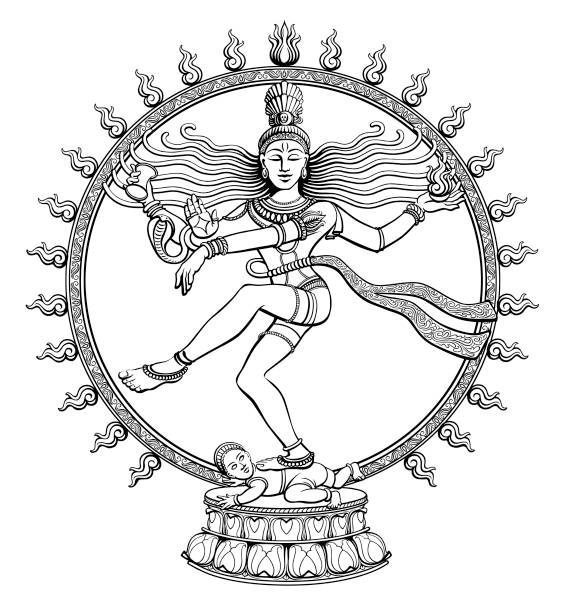In the Gita, after Krishna explains to Arjuna the secret of doing every action as one's offering to Existence, Arjuna asks a very interesting question:
Why do we keep making the same mistakes, knowing full well they are wrong and pull us down?
Krishna gives a most insightful amswer.
Thw two things that make ua repeat mistakes are:
Lust and Anger.
They are so powerful that we have to fight them aa our worst enemies. And like the Trojan horse, they are already within us!!!
Lust is not only about sex but also about all uncontrollable cravings for all sensual and material and even mental stimulations. It can never be satisfied as new cravings spring constantly. Cravings mute or destroy our good sense about what ia right and wrong!
The only way to deal with Lust is to watch over our mind, nip such cravings in the bud, and humour the mind to develop self-control.
What about Anger?
Anger is more inflammatory, and generally comes from thwarted expectations. That is really Maya because we expect the world to run according to our beliefs and notions whereas the only thing the world follows is the Eternal Principle of Existence.
When anger explodes, it is like blowing up a car from within. There is damage all around but the biggest loser is the angry man. He can lose friends, confidence, respect, and even life. The rule to deal with anger is to watch over oneself and take a deep breath before reacting... Often this simple technique puts out such explosions.
Both lust and anger are our enemies lurking in the basement of our mind. We have to pray to get rid of them!
हरिः ॐ तत् सत्
















